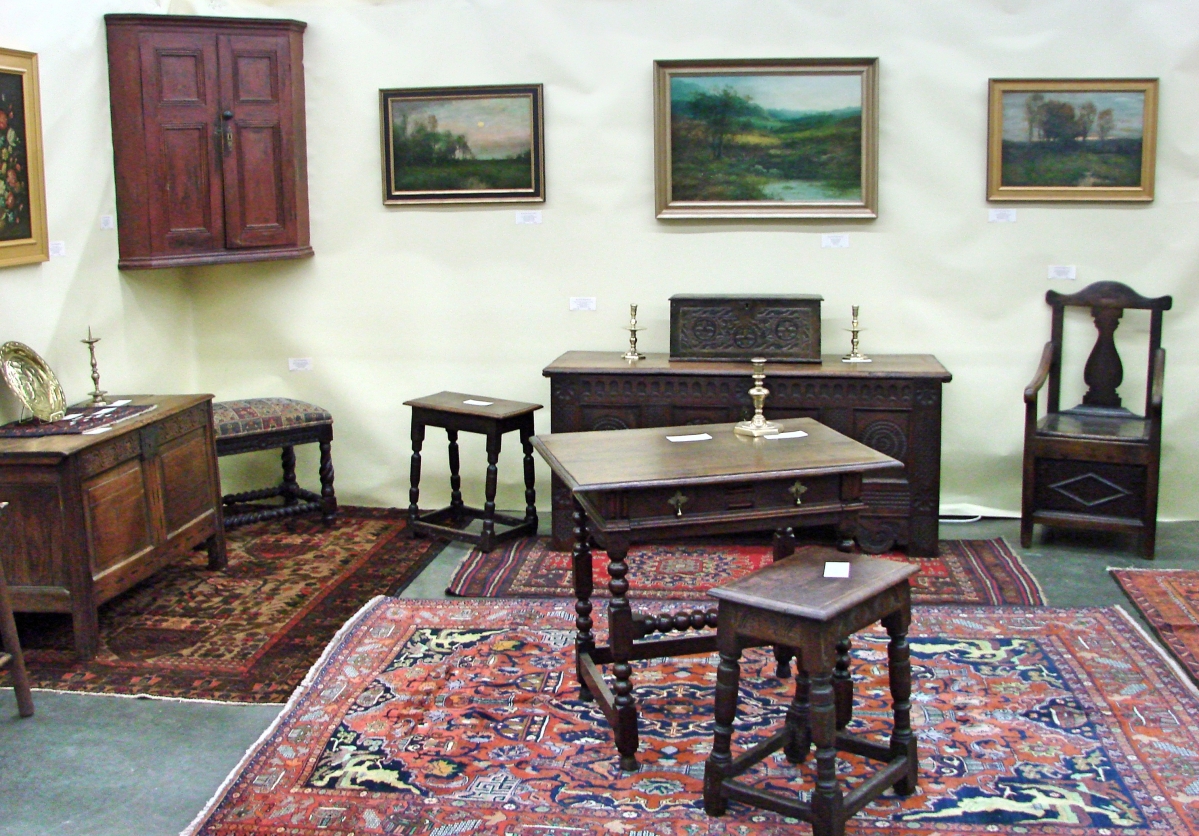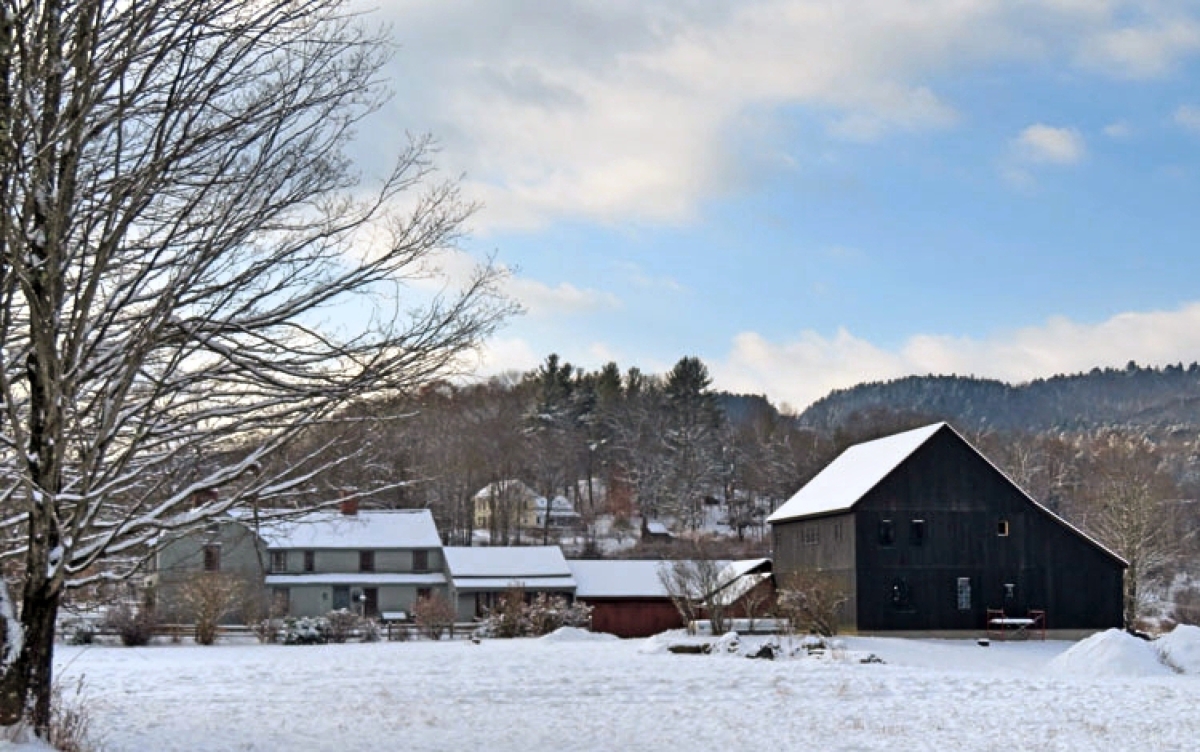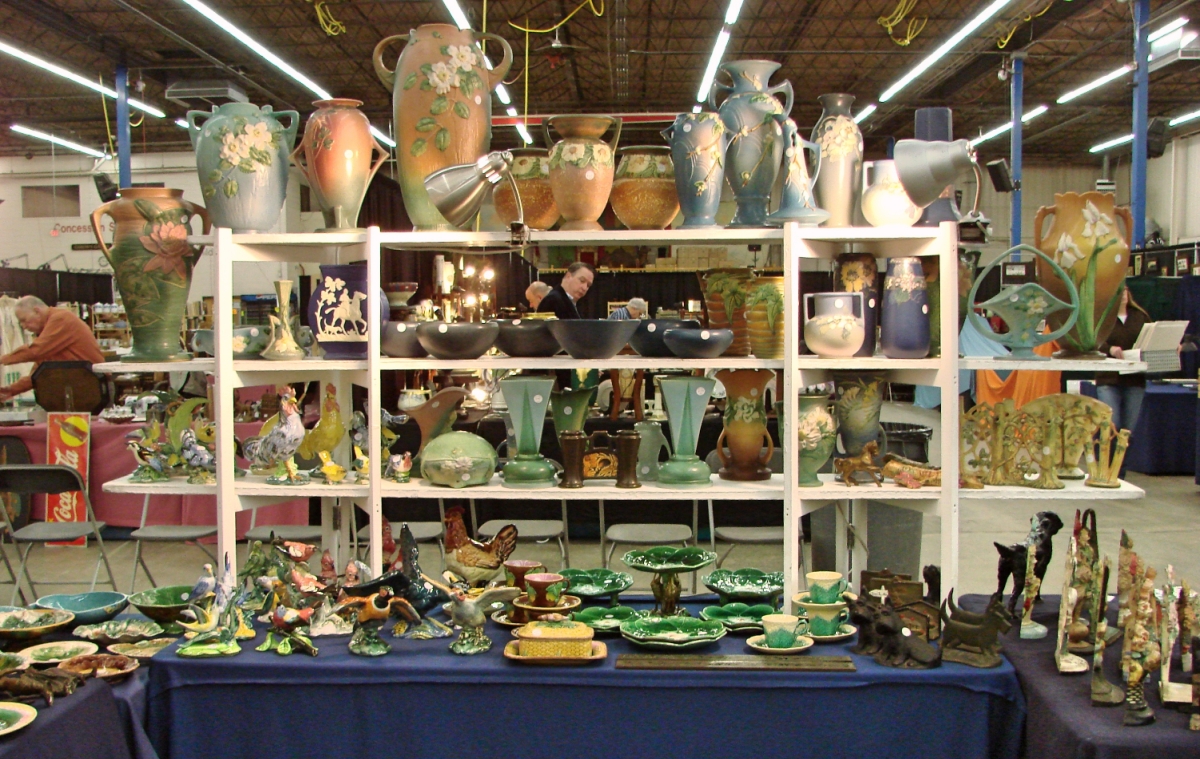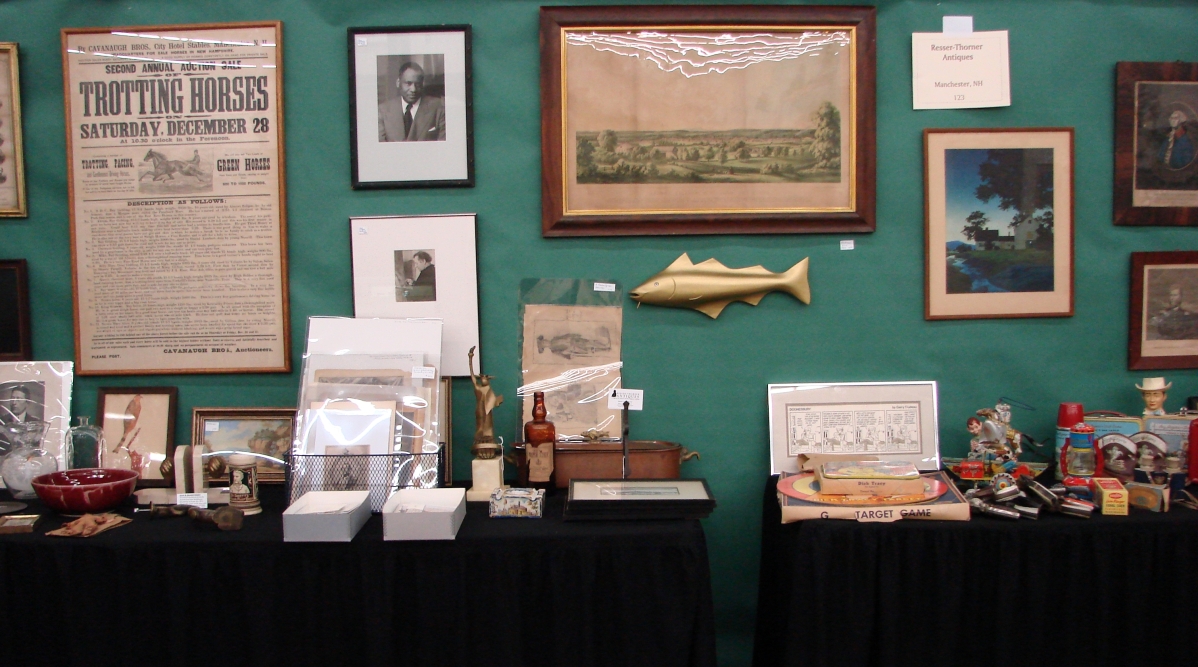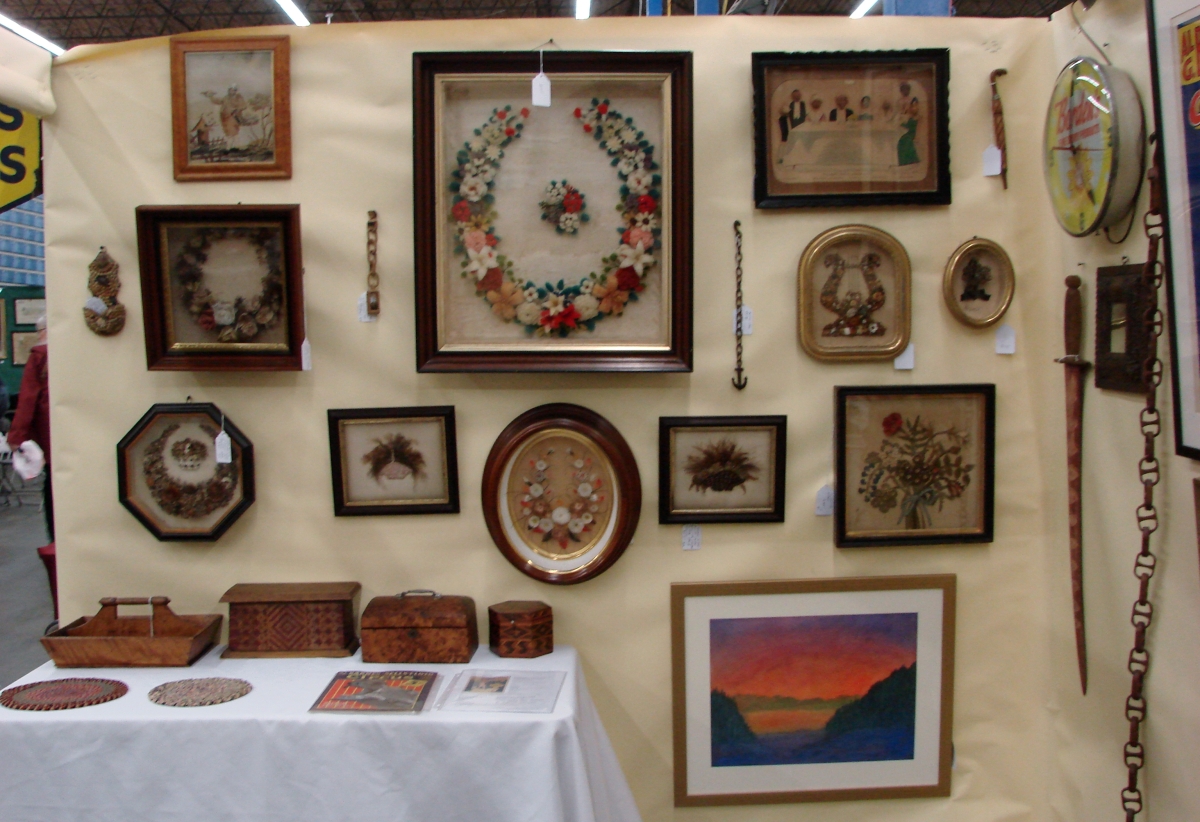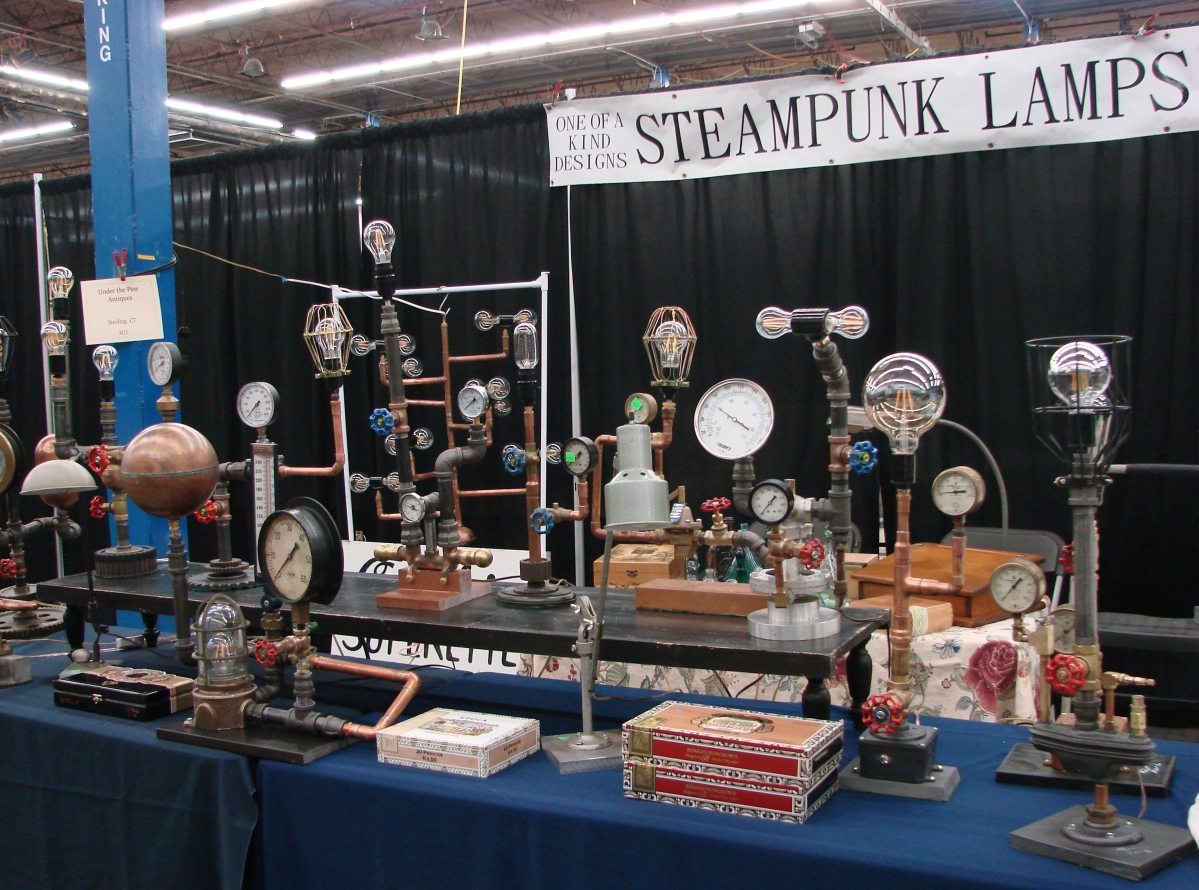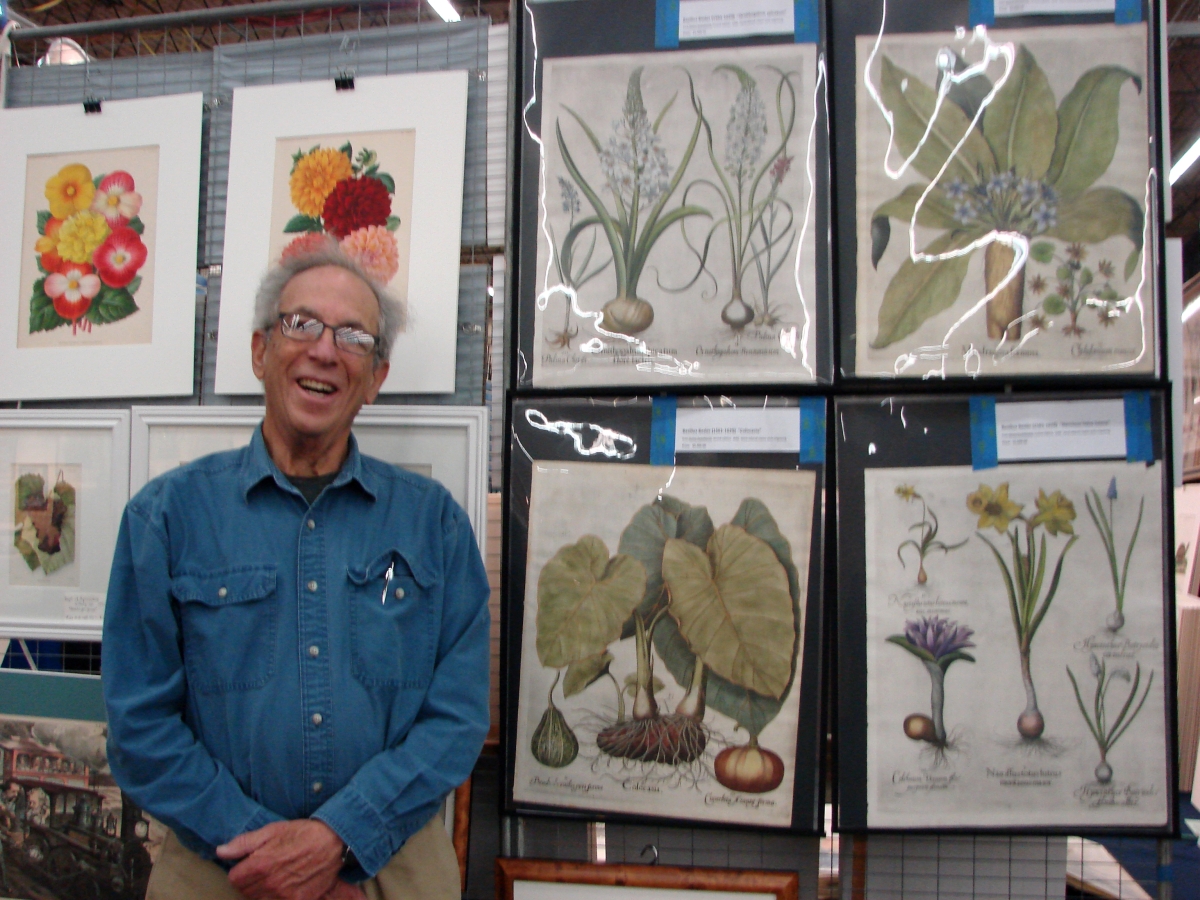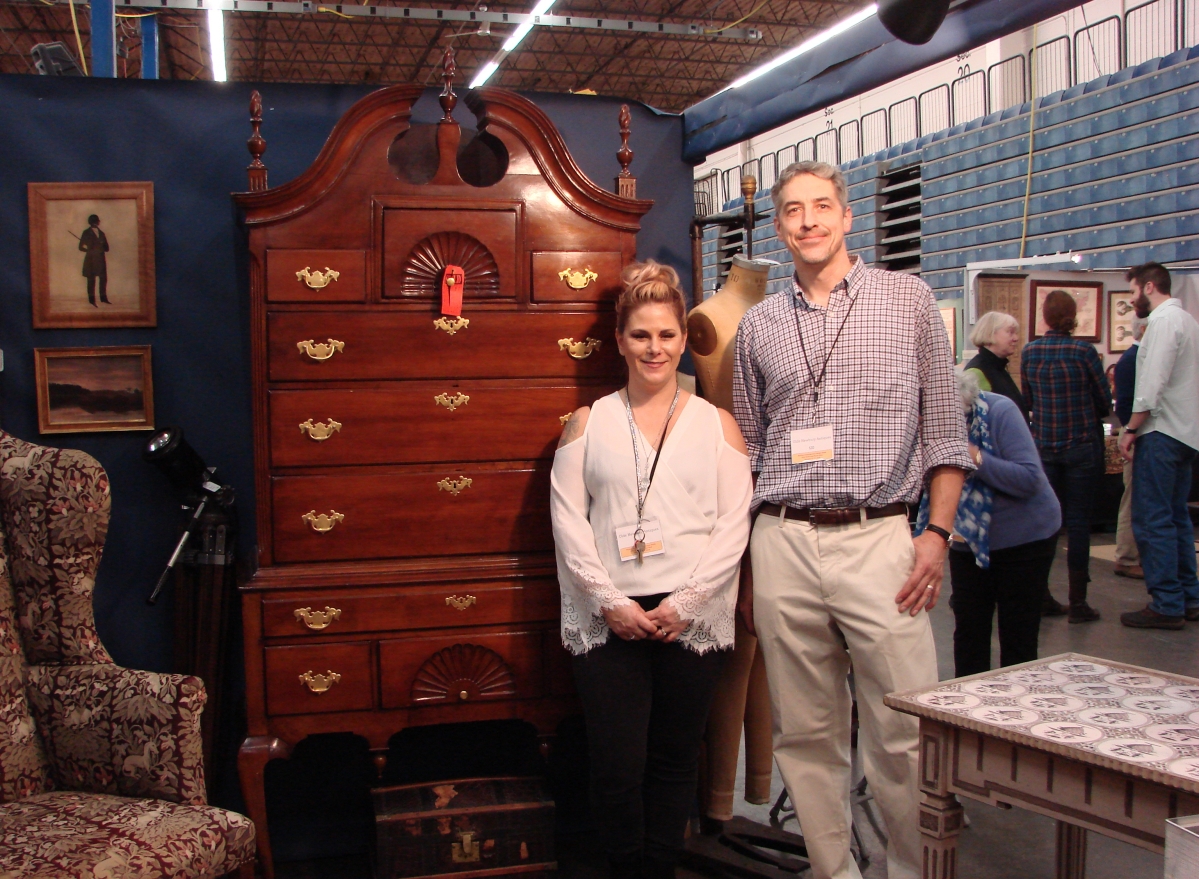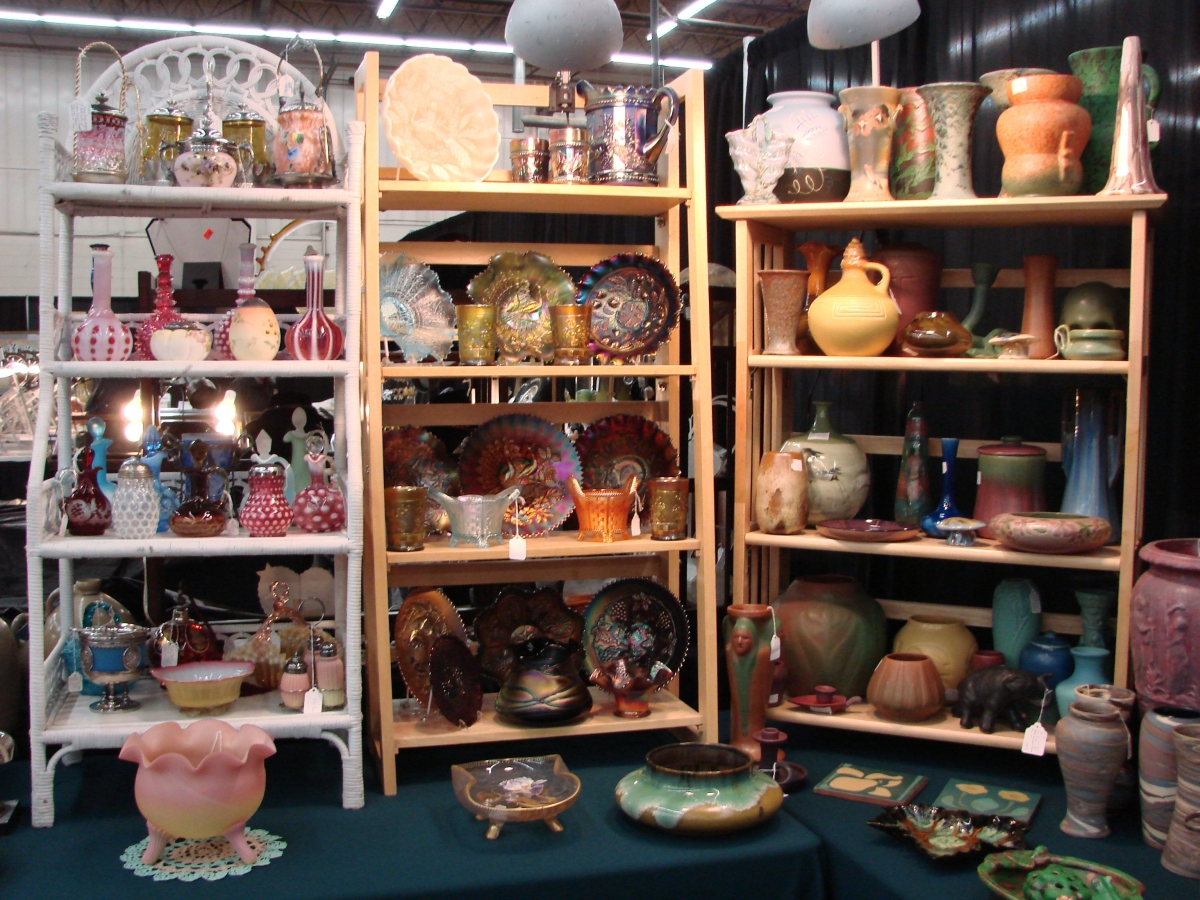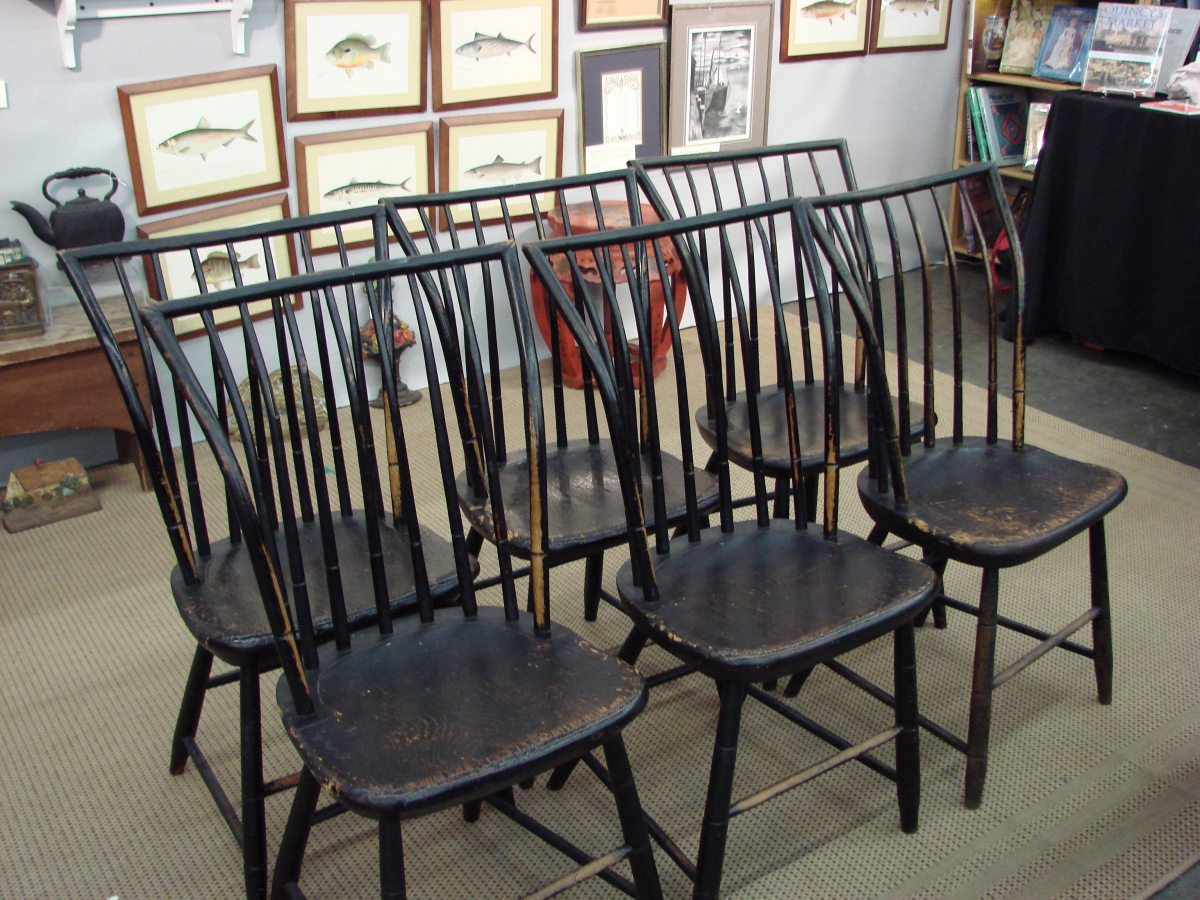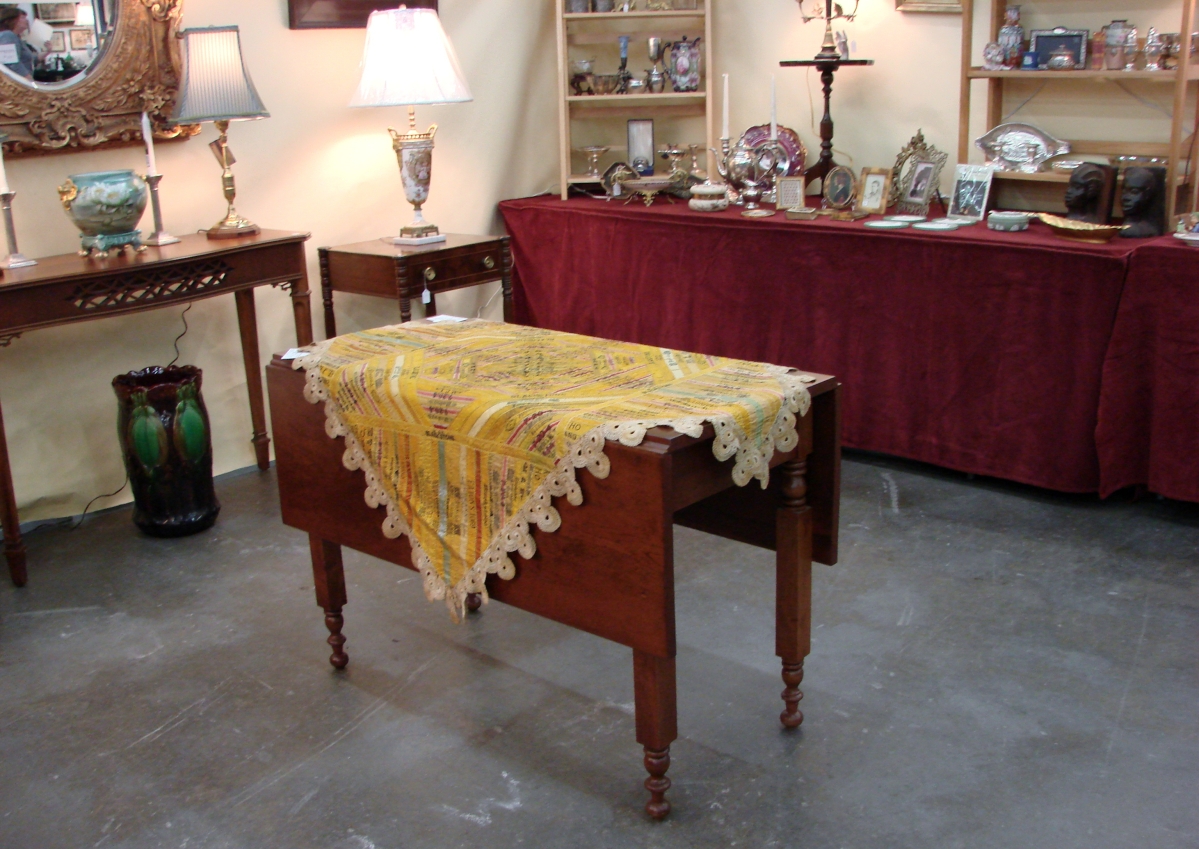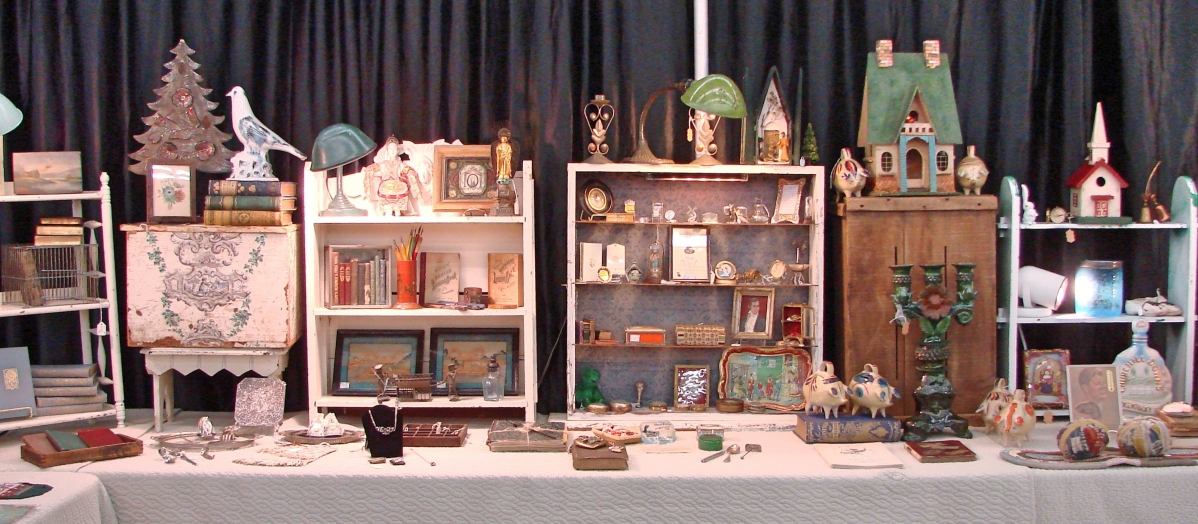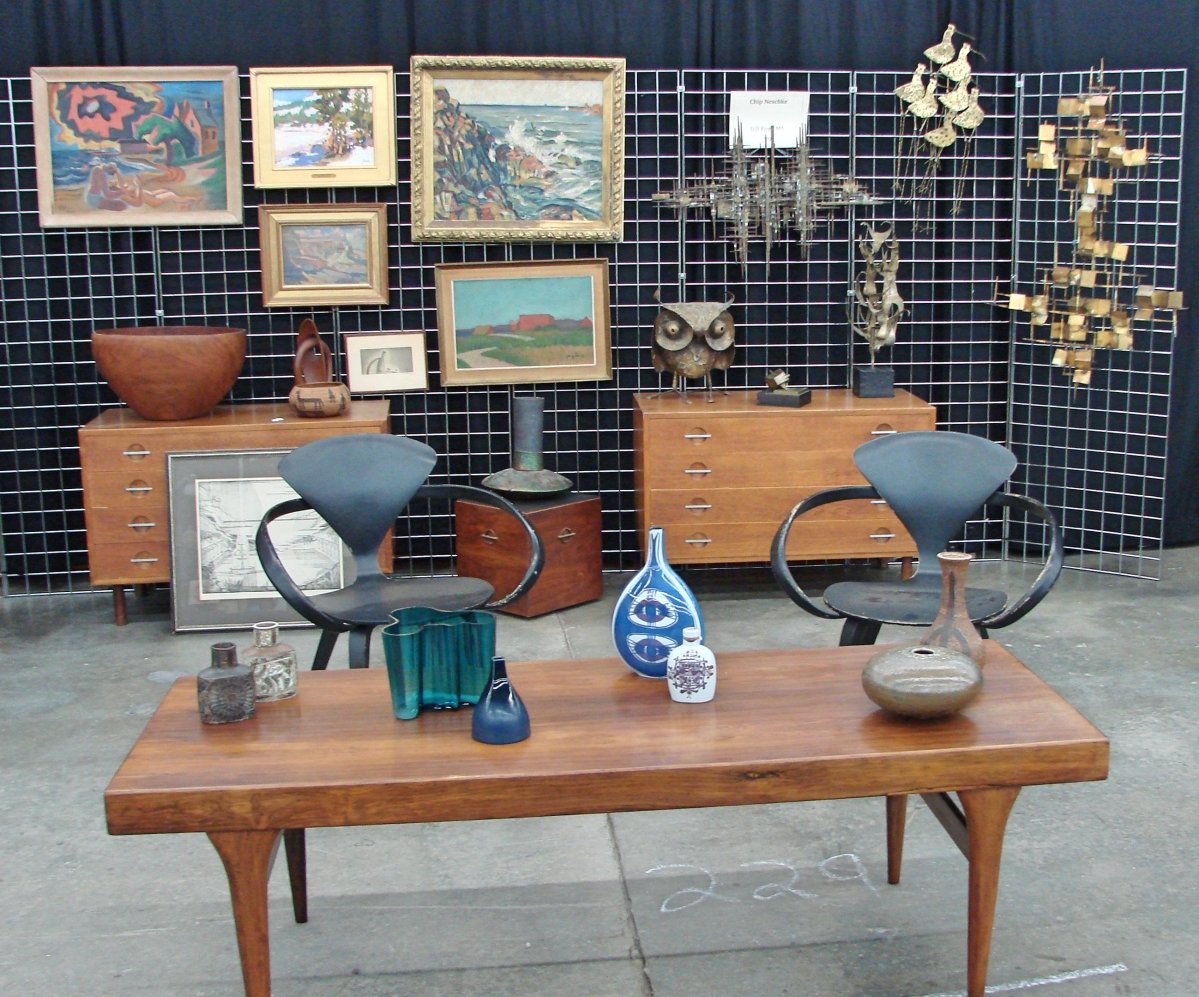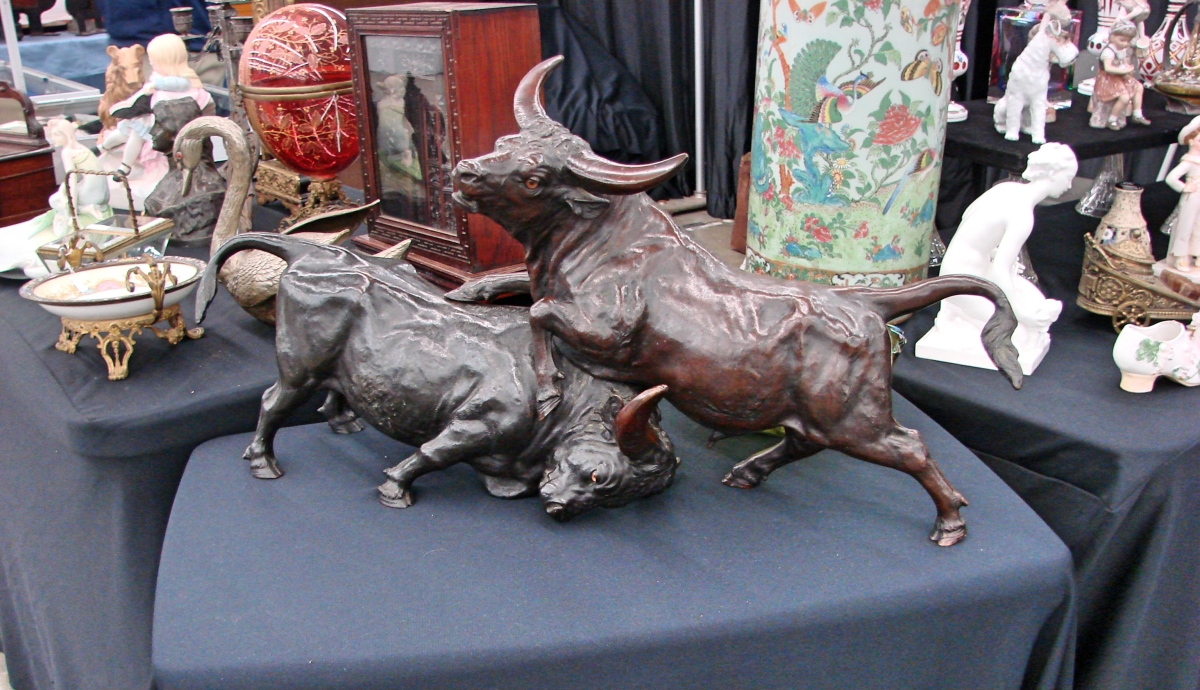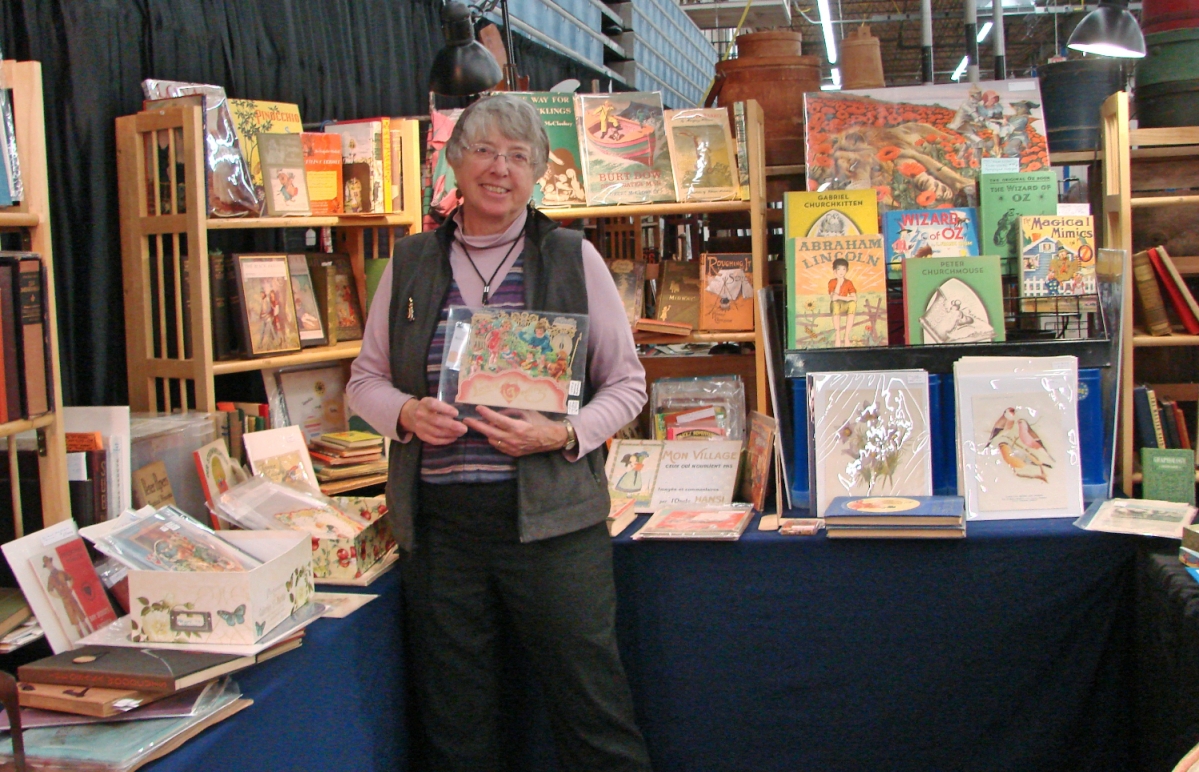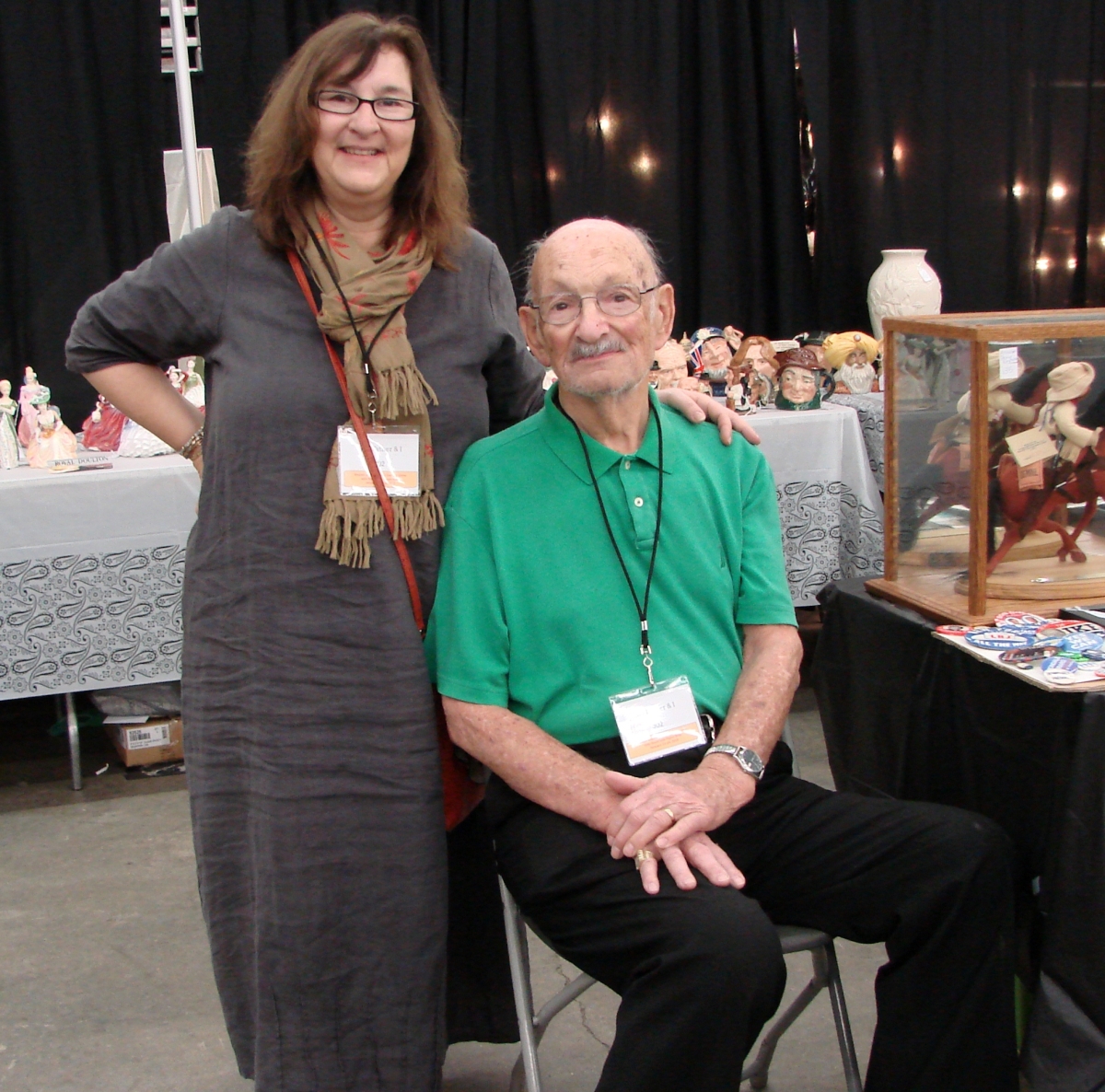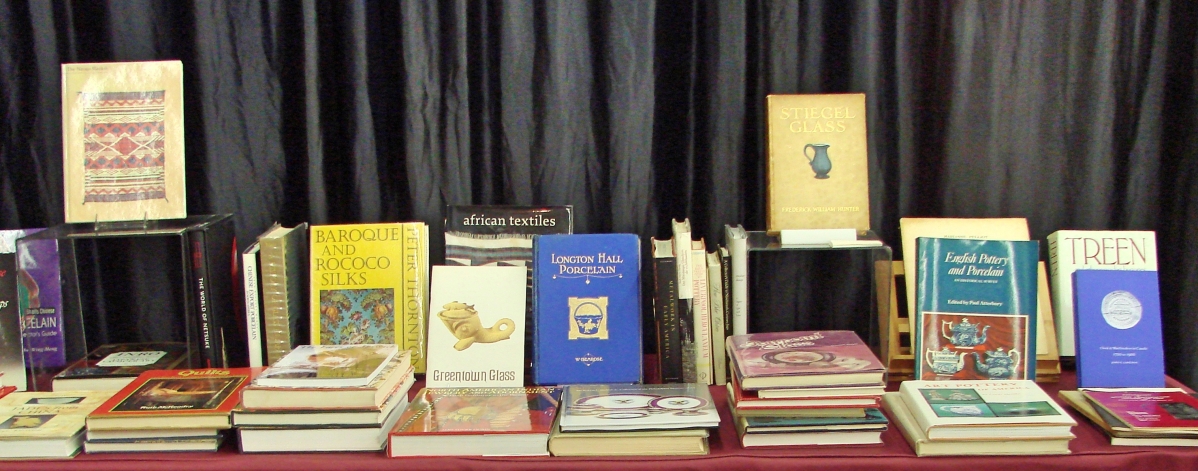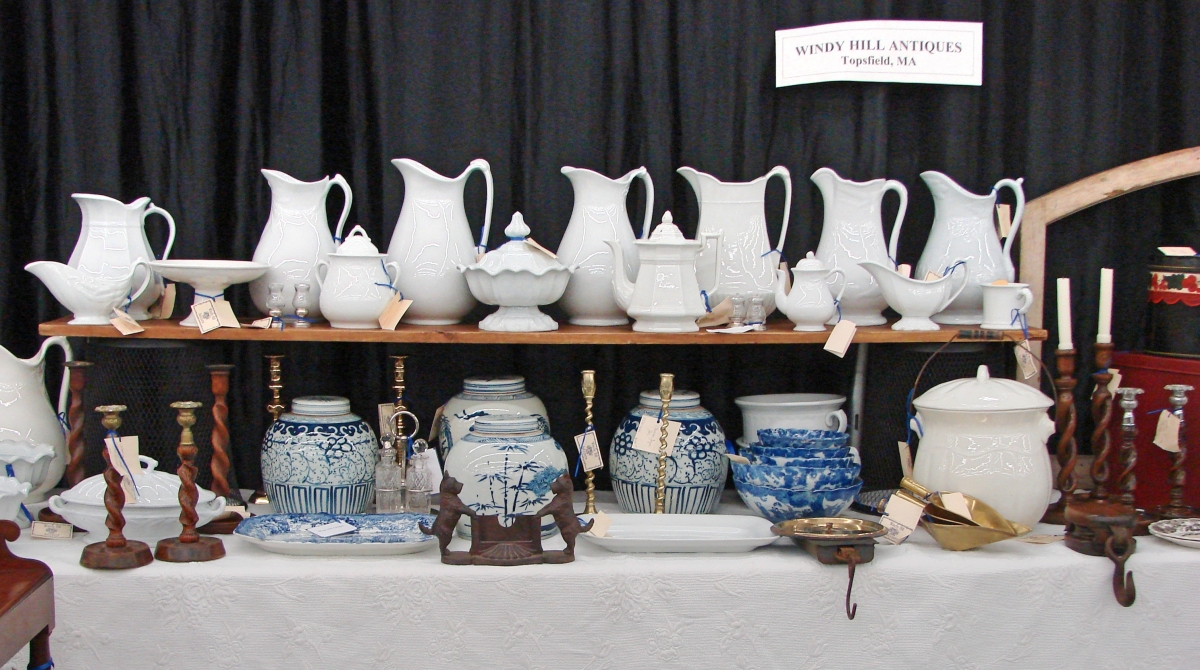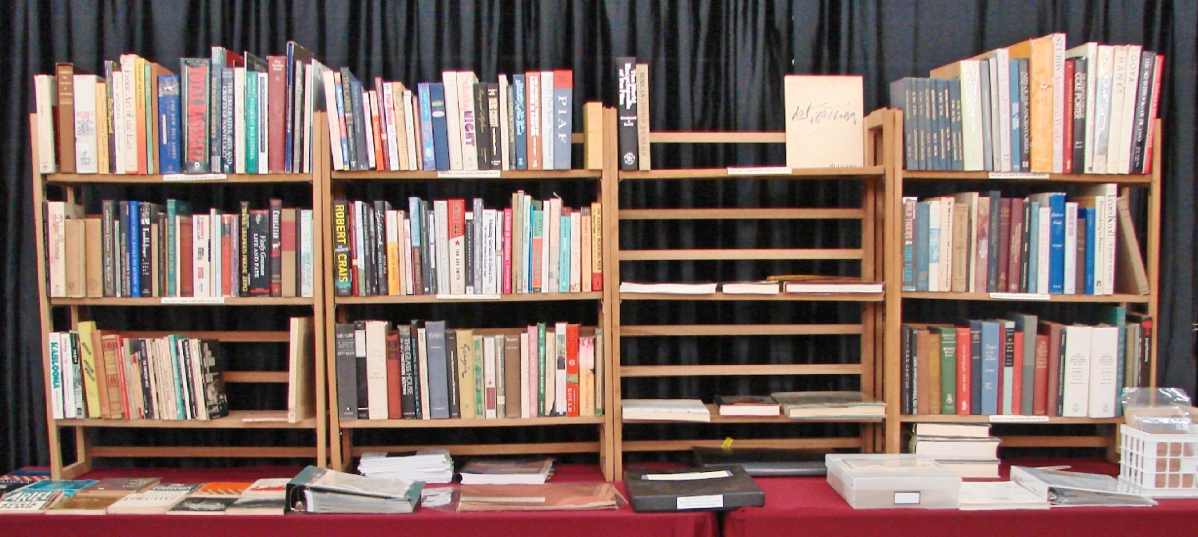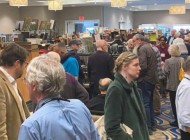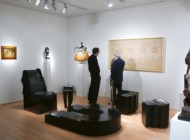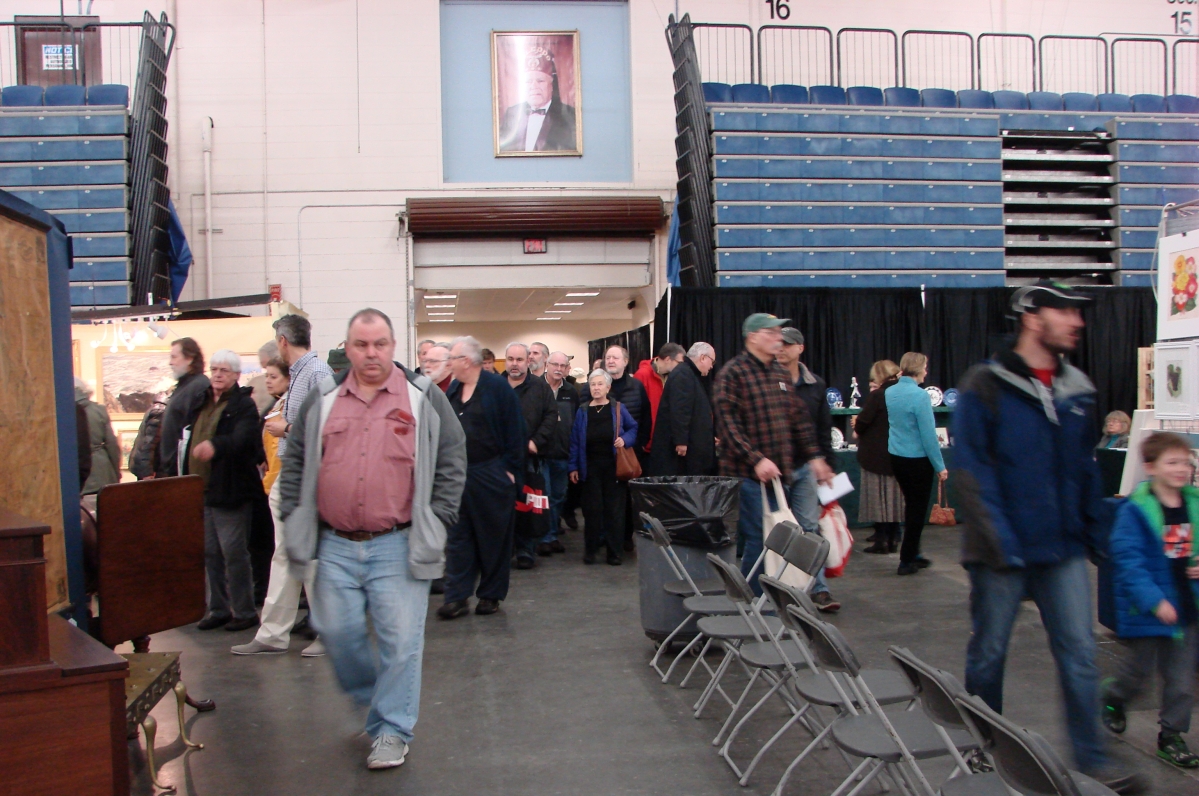
Crowds rushed in as the show opened at 10 am. More than 2,300 discount admission tickets had been emailed to customers who requested them, said Marv Getman, the show manager.
Review and Photos by Rick Russack
WILMINGTON, MASS. – Marv Getman’s advertising, both in print and online, directs those interested to his website to sign up for a $5 discount ticket. More than 2,300 people did so. Customers signing up for the $5 discount are automatically added to his email list, which now has thousands of names, so they can be informed of future shows. He distributed 1,000 free passes to dealers, and advertised extensively on Boston’s public radio station – which, he says, is not cheap – and there were color ads in the Boston Globe and the trade papers. One complaint you never hear from exhibitors at his shows is that he does not do enough to promote the show.
The Boston Antiques and Design Show and Sale had about 80 dealers on January 13 and 14, down a bit from last year, but the larger booths resulted in a well-presented, eclectic show. Several dealers said, “this is like the old days.” Getman will be changing the dates of this show, which has always been in January, to December, hoping to take advantage of pre-Christmas shopping.
Some shows have a noticeable theme; Getman’s shows really do not. There is, or there could be, something for everyone. Booths contained American furniture, early English furniture, posters, prints, paintings, art pottery, Victorian glass, Royal Doulton figures, Midcentury Modern furniture and accessories and more. Getman manages book fairs in addition to antiques shows and about a dozen of his regular book dealers took part in this show.
Sold signs began to appear within minutes of the opening. One of the first booths buyers would see as they entered the show was that of Olde Newbury Antiques, from Newburyport, Mass. They had a very attractive refinished Eighteenth Century bonnet top highboy with a sold tag on it. Peter Mack and his wife Melissa had sold it for $2,800.
Book dealers were selling and Chip Neschke, Still River, Mass., who, about three years ago, began adding Midcentury Modern to his inventory, quickly sold about a half dozen pieces of studio pottery.
The variety and quality of reasonably priced “things” offered is definitely noticeable. My Father and I, Needham, Mass., had a booth filled with nothing but Royal Doulton figures from the 1920s-40s, none priced more than $250. Nickerson Antiques, Orleans, Mass., had a bench-made Philadelphia-style centennial highboy and matching lowboy, priced at $1,650 – that is a lot of fine furniture for very little money.
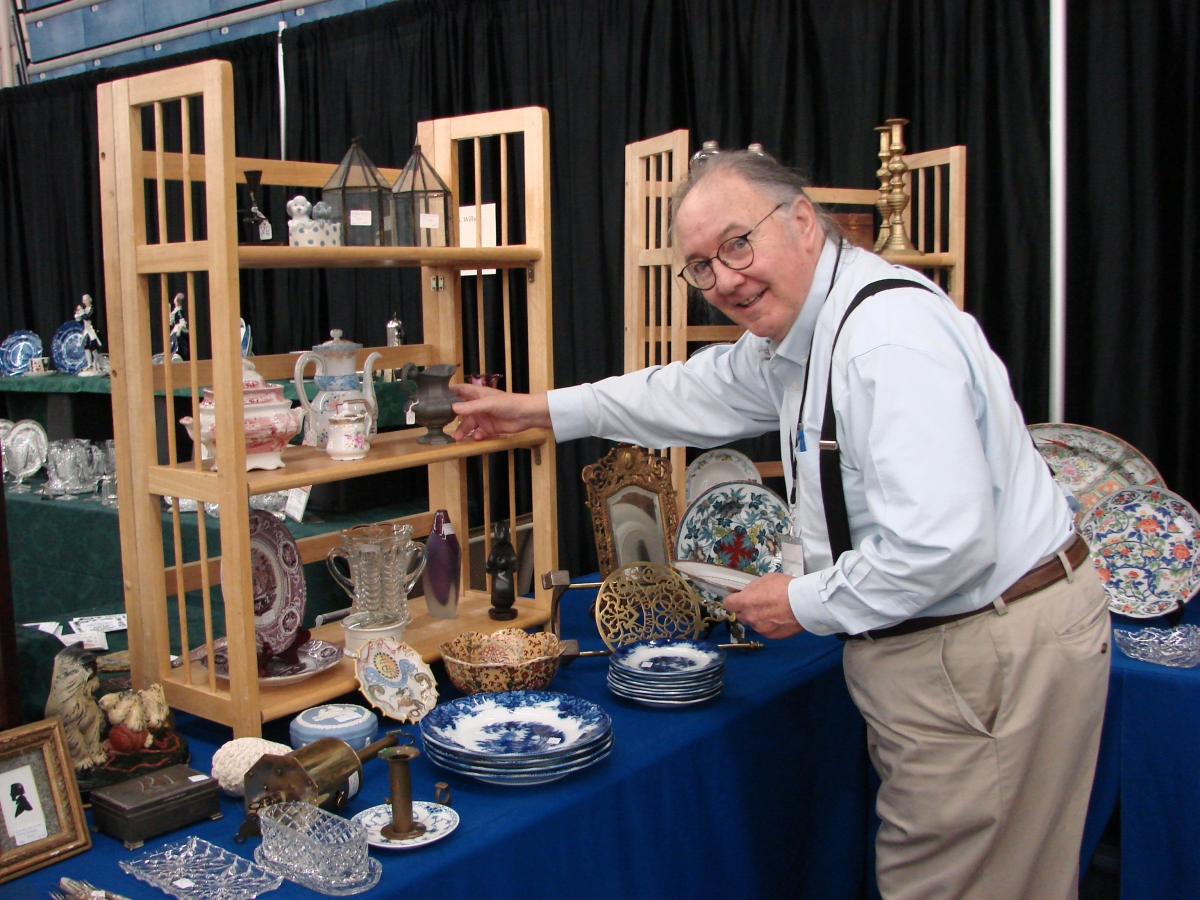
Roger Pheulpin, Gloucester, Mass., was putting the finishing touches on his booth before the show opened Saturday morning. He stocks a wide variety of ceramics and silver.
Bob Markowitz, Groveland, Mass., had a wall full of framed Victorian hair and dried flower creations, all priced under $250. One floral group was made of hummingbird feathers, and the edges of leaves and flowers were serrated. One was forced to think about how young people today spend their spare time: video games as opposed to crafts like these? Dave Thompson Art and Antiques, South Dennis, Mass., had a set of six rod-back Windsor chairs in old black paint priced at $595.
J&R Ferris, Boonville, N.Y., had a large hooked rug with a horse priced at $700. Under The Pines Antiques had a booth filled with unique lamps created from old iron pipe, gears, steam gauges and valves. They ran from $125 to $400, and the Sterling, Conn., dealers said they have sold more than 550 in the last five years.
Several dealers offered prints and posters. Michael Brailove, Antique Prints and Paper, Highland Park, N.J., had a group of hand colored Bessler floral prints, published in 1640, priced from $475. This list could go on.
One booth had nothing but Dedham pottery. Jim Kaufman, appropriately from Dedham, Mass., has been collecting and researching Dedham pottery since the 1980s. He is the volunteer curator of the Dedham Historical Society, and has written and lectured widely on the subject. His interest began when he met the people at the Pottery Shed who were producing Dedham-style pottery at that time, “and I was fascinated by the crackle glaze. We bought an old house in Dedham and I started to learn about Hugh Robertson and his family of potters who had been producing pottery as far back as the 1860s, in Chelsea, Mass., eventually using the name Chelsea Keramics. I loved the colors and the forms they produced. Robertson introduced the crackle glaze that most people associate with Dedham in 1892. He died in 1898 and the company continued until 1943. It was never a large company, probably never had more than six employees, if that many.
Part of the fascination for me is that we still don’t know how many different patterns the company produced. Everyone knows the rabbit and duck borders the company used, but every few months a piece turns up with a pattern no one has seen before. To avoid confusion, the reproduction ware being produced does not use the name Dedham. The Dedham Historical Society acquired the rights to the name, and the trademark, and we protect the name.”
When asked about today’s market for Dedham, Kaufman said, “There are new collectors, interested in pottery of the Arts and Crafts period, growing the market. Prices for the rarities continue to escalate, and, as with other parts of the antiques market, prices for the more common patterns are soft. That’s okay, it lets new collectors get started without spending a bundle. Dedham was marketed all over the country in high-end stores like Tiffany in New York and comparable stores on the West Coast, so it can turn up anywhere.”
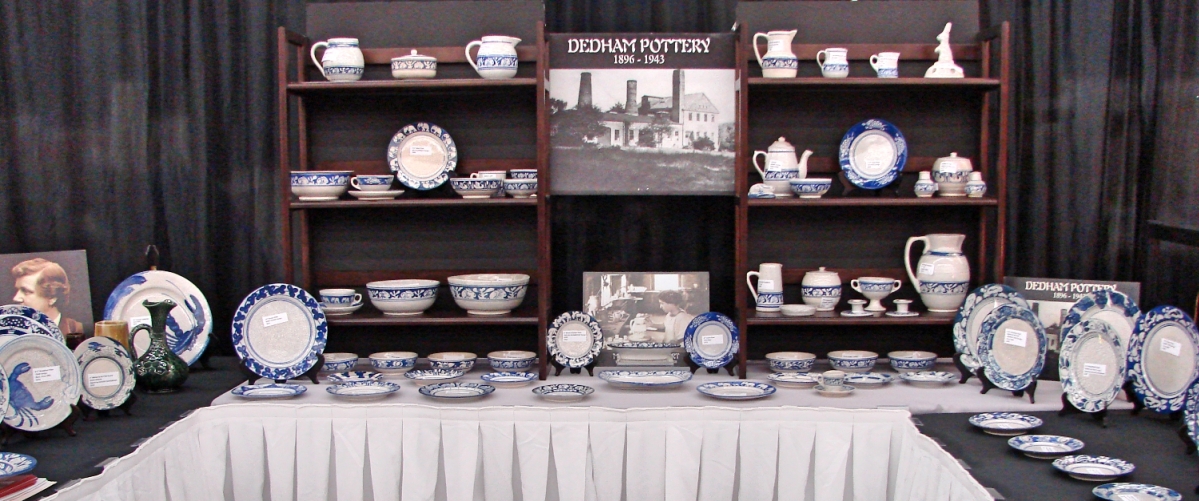
Jim Kaufman, Dedham, Mass., specializes in Dedham pottery and works by the Robertson family of potters. He is the volunteer curator of the Dedham Historical Society, and he had nothing but Dedham in his booth.
As many collectors and dealers know, Jan and John Maggs, Conway, Mass., lost nearly their entire inventory and more, when a tornado destroyed their barn/shop last February. For years, they have specialized in early English furniture, especially the heavily carved oak furniture of the Seventeenth and Eighteenth Centuries, and appropriate accessories. They were also the primary source for back issues of The Magazine Antiques.
The twister, in addition to destroying numerous antiques, also wiped out the magazine inventory. Their booth at this show did not show any effects of the destruction, and, in fact, their newly built barn will be ready for their regular Spring Post-England Show and grand reopening, May 5 and 6. John Maggs said, “Our new barn is coming along, although it’s about three months behind schedule. The building that was destroyed was just an old New England barn, but now that we’re rebuilding, we’ve been required to conform to modern day standards and building codes. The new building is now completely enclosed, and our contractor, who specializes in historical construction, assures us that it will be ready for the show, May 5-6. We’ll be displaying things that will be shown for the first time. But the magazines are gone.”
After the show, John Maggs said, “We ended up with a great show, probably our best Wilmington ever. Georgian and Stuart jewelry sales were exceptionally strong, but it would have been a good show even without them.”
Several dealers had some Midcentury Modern material. One dealer, Chip Neschke, Still River, Mass., filled his booth with furniture and accessories of the period. Up until about three years ago, Neschke dealt in Eighteenth and Nineteenth Century American furniture and related items. He became interested in the mid-Twentieth Century items, read books and visited museum and gallery exhibitions. His “eye” reflects the years of dealing in Americana, where surfaces are important and furniture is sold without refinishing. His booth included a pair of Danish Modern four-drawer chests designed by Hans Wegner. “They’re untouched and came right out of the house they’d been in since they were bought more than 50 years ago. They could use some freshening up but I don’t want to do that, so I’ve priced them reasonably at $3,250.” He also had a pair of ebonized “pretzel” armchairs designed by Norman Cherner and made by the Plycraft Company, probably in the 1970s. The ebonized paint was worn, but the pair was priced at $1,250.
Neschke sold several pieces of studio pottery, including an unmarked 17-inch charger by Warren Mackenzie, one of the acknowledged masters, and he also sold a large metal wall sculpture. “I’ve been doing well with the Twentieth Century items. Interest is even stronger outside of New England, so I’m doing shows in areas like the Southwest, that I didn’t do when I was selling earlier furniture. And younger buyers are attracted to it.”
There were about a dozen book dealers, one of whom, Joslin Hall Rare Books of Northampton, Mass., carries a wide selection of reference books about antiques. Prices are not what they were a few years ago. Forrest Proper specialized in these books for more than 30 years and said, “The internet has really hurt the market for reference books. Too many people think they can learn all they need to know on the internet. That’s not true – they miss a great deal of detail, and most of the focused books were written by people who spent years, sometimes decades, researching a subject. You’re not going to get all the information online.
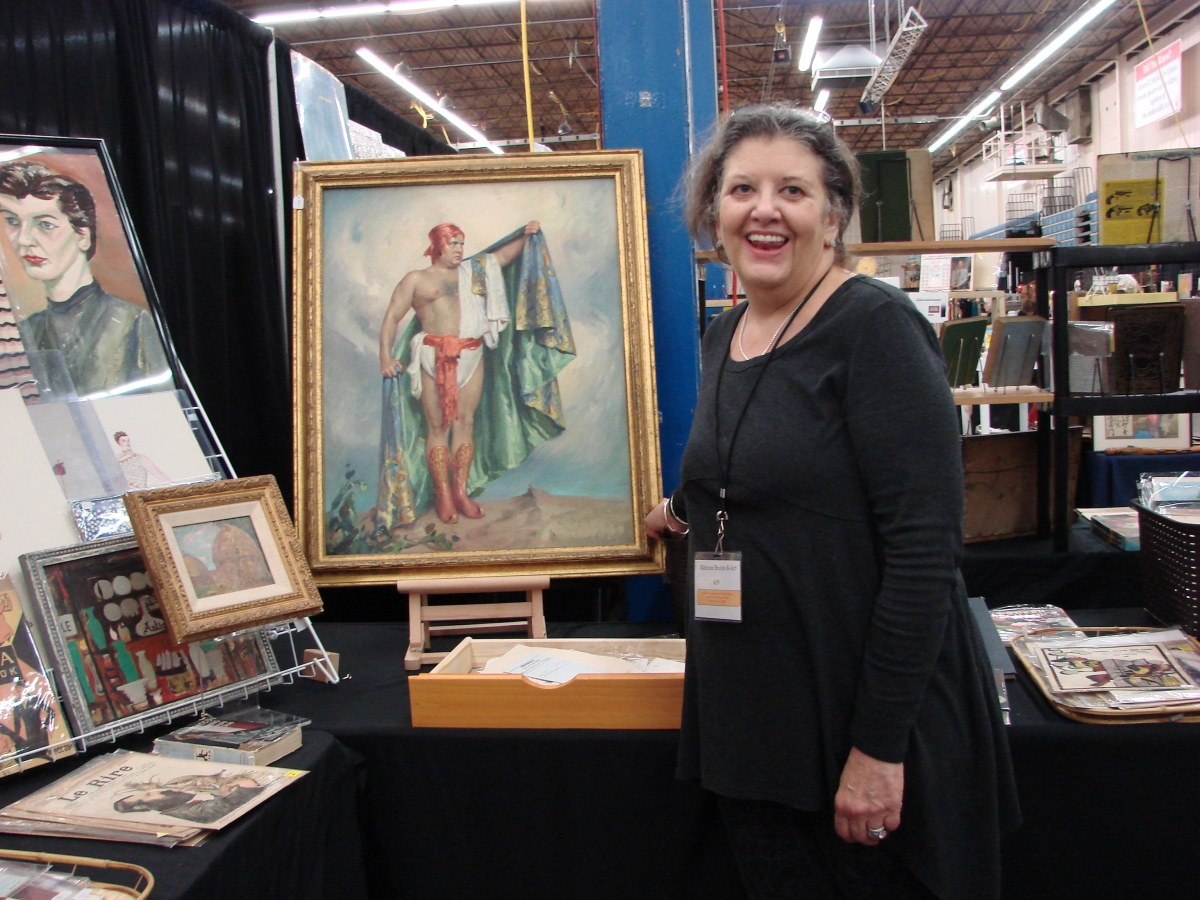
Lisa Bouchard, Melrose Books and Art, described this painting as “High Bad Art” and said it reminded her of the tale of the Emperor Has No Clothes. She was asking $350 for the painting.
“A lot of important information is in exhibition catalogs and early auction catalogs. But we’ve revised pricing, and this is a great time to build a reference library. Some books are now priced at less than half of what they were a few years ago. The McClelland book on Duncan Phyfe is priced at $200. We used to get $600 to $700 for it. Pinto’s book on treen, which is the bible, especially for English treen, is priced at $125. It used to be around $400 and the really crazy drop is the book on Pairpoint glass. I have a copy here priced at $35. It used to sell quickly at $375.”
Greg Gibson, Ten Pound Island Book Company, Gloucester, Mass., specializes in nautical books and manuscripts. He had a selection of his rare books in a glass showcase, but he also had shelves of books that he really wanted to sell and boxes of paper items that had accumulated in his basement. He sold a $1,500 item from the showcase and nearly all the other stuff. One shelf had a sign saying that all books were $5, or “best offer for the lot.” He also was open to offers on the boxes of paper material, some of which were marked “$3 or best offer” for the box. He later said, “It worked. I sold all the cheap stuff. It was fun – there were plenty of people to talk to, some interesting stories and some dickering. And when it was over, the shelves were empty. Marv drew a large crowd and it was steady even Sunday afternoon.”
The day after the show, Getman said that attendance was up from the previous year. “We distributed almost 2,500 discounted admission tickets and that promotion began in November. I think the advertising on NPR worked well for us. We got a lot of requests for the discounted admission tickets after those ads ran. Same with the Boston Globe ad. I know that most dealers were pleased. I saw several pieces of furniture going out. I’d been thinking about switching the show to December and I spoke to exhibitors about that. The switch of dates was well received – everyone wants to have a shot at Christmas shoppers. There’s a different buying mood then. I’m hoping that the change will encourage more dealer participation. The building [Shriner’s auditorium] is big enough to accommodate several more dealers and I’d like to see that happen. I’d particularly like to see more of my regular book dealers doing this one.”
For additional information, www.neantiqueshows.com or 781-862-4039.

